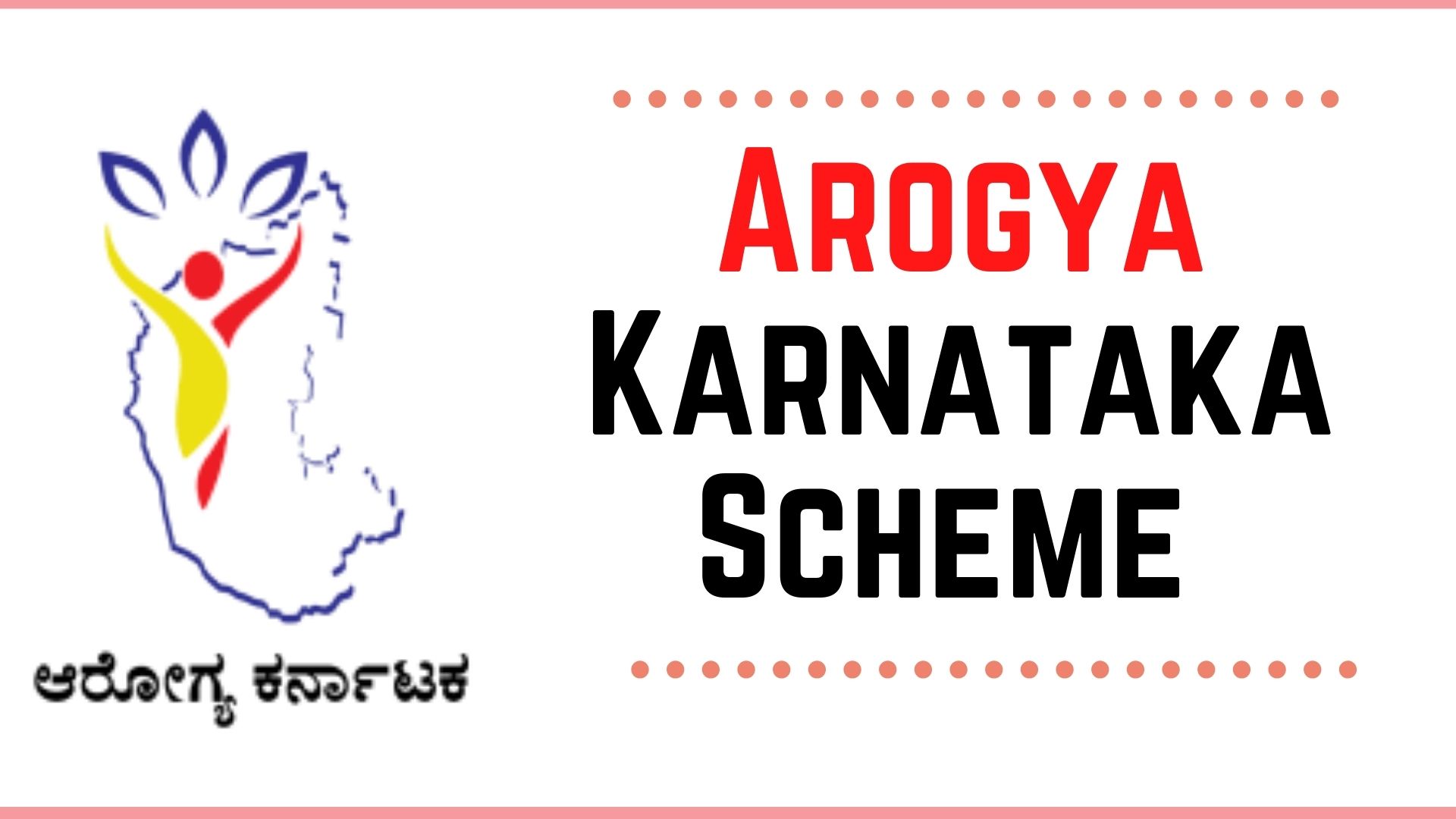Scheme 6: Ayushman Bharath-Arogya Karnataka/ Pradhana Manthri Jan Arogya Yojana
What is Arogya Karnataka scheme?
The aim of the initiative is to expand 'Universal Health Coverage' to encompass all residents in the state of Karnataka. Under this newly introduced scheme, a comprehensive range of healthcare benefits, including primary healthcare and specified secondary and tertiary healthcare services, will be provided. This scheme consolidates various existing health programs such as Vajpayee Arogyashree, Yeshaswini Scheme, Rajiv Arogya Bhagya Scheme, Rashtriya Swasthya Bima Yojana (RSBY) including RSBY for senior citizens, Rashtriya Bala Swasthaya Karyakram (RBSK), Mukhyamantri Santwana Harish Scheme, Indira Suraksha Yojane, Cochlear Implant Scheme, and others. All these programs will be integrated into the new Arogya Karnataka Scheme.
What is the eligibility criteria for accessing benefits from the Arogya Karnataka scheme?
- Eligible Patient: A patient who is a resident of Karnataka State and belongs to “Eligible Household” as defined under the National Food Security Act, 2013;
- General Patient: A patient who is a resident of Karnataka State but does not come under the definition of “Eligible Household” as defined under the National Food Security Act, 2013, or does not produce the eligible household card. The treatment cost will be on co-payment basis."
What are the documents required for application?
- In order to get enrolled into Arogya Karnataka Scheme beneficiaries should carry Aadhar card and ration card.
- In case Aadhar card is not available, ration card is mandatory to avail the scheme benefits.
What is the process of application?
- Patient Enrollment
- For accessing the scheme benefits, the beneficiaries have to be enrolled in the “Arogya Karnataka” system. A patient needs to be enrolled at a PHI only once.
- When a patient approaches a PHI for the treatment, the enrollment staff of the PHI will be enrolling the patient on the enrollment portal developed for “Arogya Karnataka” and generate a unique ID called “ArKID”.
- The enrollment is based on a person’s Aadhar Card number.
- The patient’s biometric impression is captured on a biometric device and authenticated with CIDR Aadhar Server. The E-KYC details will be auto populated.
- Patient Entitlement under the Scheme
- The PDS card decides the entitlement of the patient and is authenticated via a web service, with the stored PDS details in the Food and Civil Service Database to determine whether the beneficiary belongs to “Eligible Category” or not, as per the norms defined under the National Food Security Act 2013. Accordingly He will be categorized as ‘Eligible Patient”.
- If a beneficiary is not from the “Eligible category” as per the FSA or if the beneficiary does not have a PDS card, he or she will be automatically enrolled as a “General Patient”.
- Once the E-KYC form is filled and the beneficiary categorization is completed, the beneficiary will become registered under the Scheme and will be given a unique scheme ID “ArKID”number. The generated unique ID number printed on a card will be provided on a payment of Rs.10/- only for the first time to the successfully enrolled beneficiary. For reprinting the card on request of the enrolled beneficiary in case he has lost the card he will be given another card at a cost of Rs.20/- only.
- ArKID
- The unique ArKID will be the PDS card Number with a separator (-) and a sequential number for each member of the family that approaches a PHI for service and seeks to get enrolled.
-
The UHC Card provided will contain Photo, Name, Unique Scheme ID and Basic Details of the Beneficiary. An SMS alert will also be sent to the Enrolled Patient to his mobile number wherever the mobile number has been shared with the registration personnel.
-
Once the Scheme card is generated the patient can access the treatment under the “Arogya Karnataka” scheme.
The beneficiary will not be required to carry his Adhaar card or Food card the next time he visits the hospital for treatment. He will be serviced based on the Arogya Karnataka card.
Why do domestic workers often fail to get benefits of Arogya Karnataka scheme?
On ground implementation issue:
- Challenges in Claim Settlement:
For workers to have their claims settled, it is imperative to seek treatment only at hospitals empanelled under the Ayushman Bharat scheme. - Geographical Restrictions in Login ID Distribution:
Providing login IDs is limited to specific areas like BLR one, grama one, requiring intermediaries such as CSCs or BLR one for broader e-shram registration.
Policy design
- Mandatory Documentation: To avail of benefits, possession of both a Below Poverty Line (BPL) certificate and an income certificate is mandatory.
- Enrollment Hurdles for Migrant Family Members: Enrolling each family member mandates their simultaneous presence, posing challenges for those engaged in work-related migration.
- Biometric Issues for Laborers: Mandatory biometric enrollment for laborers can be problematic due to physical strain from hard labor, leading to potential mismatches.
- Income Certification Challenges: The income criterion of 1.8 to 2 lakhs introduces obstacles, with local agents charging Rs. 2000 for obtaining a valid income certificate from a ward member.
Adhar Authentication issues
- Authentication Hurdles with OTP:
Authentication challenges arise with OTP, as Aadhar verification is necessary for login IDs, adding an extra layer of complexity.
Lack of trust and awareness among labourers
- Income Certificate Renewal: The income certificate requires periodic review, necessitating a renewal every three years.
Documentation
- Consistency in Personal Information: Ensuring uniformity, the name on the BPL card and the Aadhar card of an individual must match precisely in both documents.


No Comments